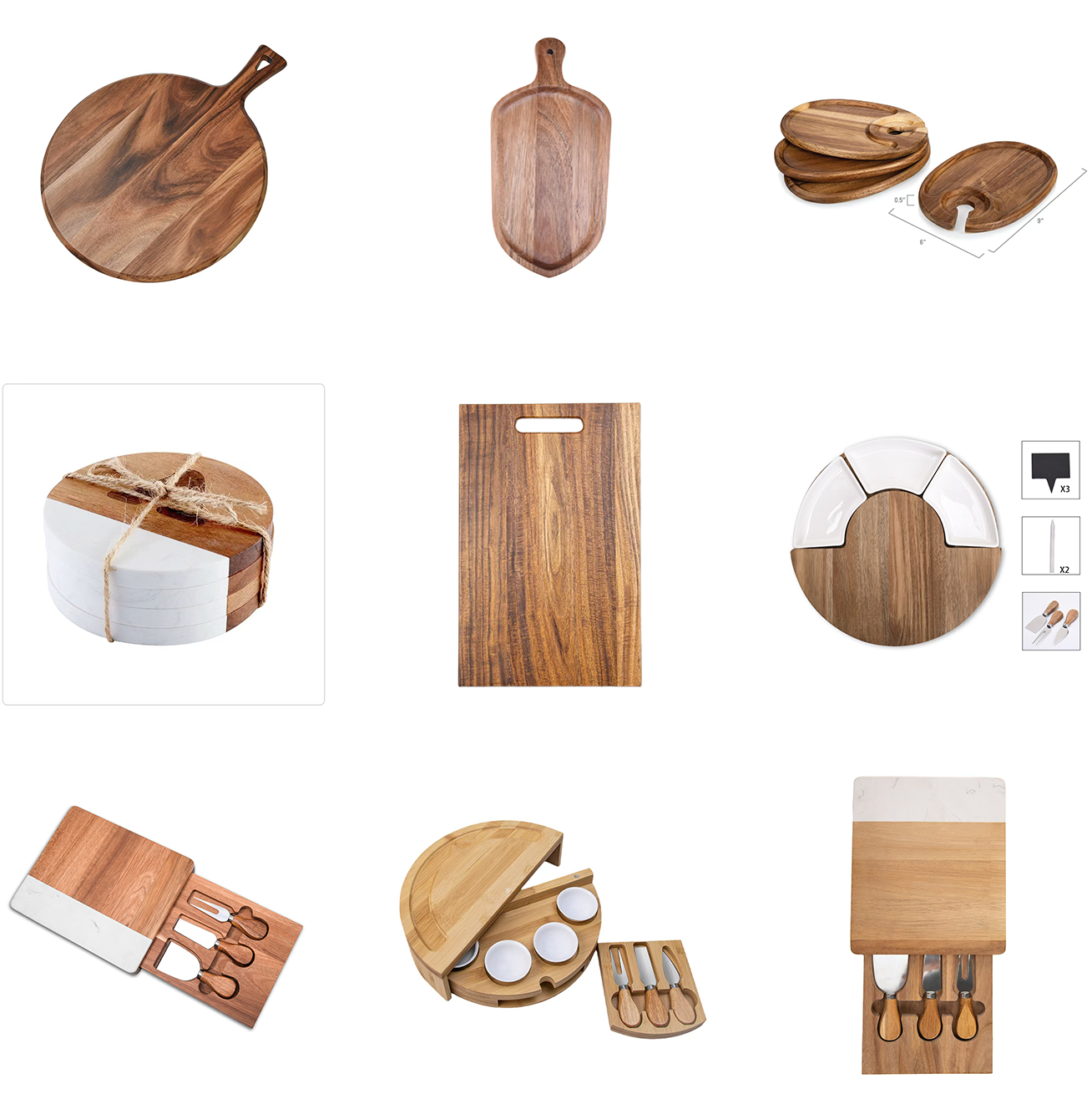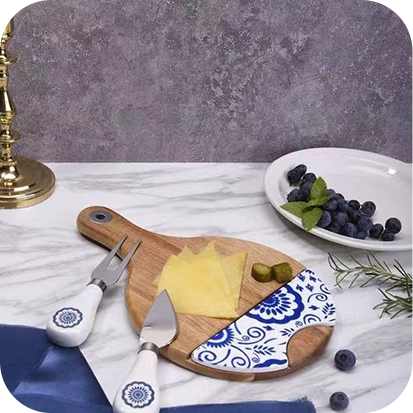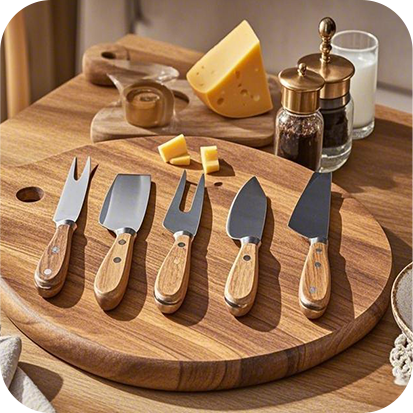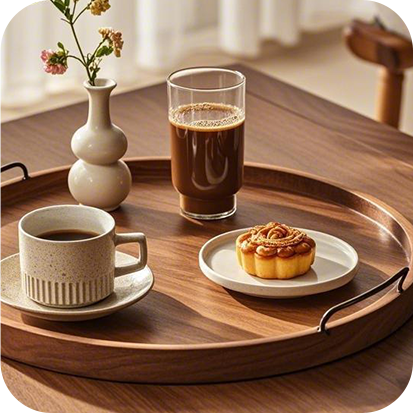
Ensuring Brand Consistency and Compliance When Importing Wooden Kitchenware
Importing wooden kitchenware in 2025 is not just about product selection—it's a multidimensional process involving branding, logistics, legal compliance, and customer trust. Companies that neglect the branding experience or skip compliance corners often pay the price through failed campaigns or customer dissatisfaction.
This guide shares strategic insights for maintaining consistent brand quality and meeting international standards when sourcing products like the Kitchenware safe custom print Acacia wood Cheese board or custom trays and prep boards.
1. Clarify Brand Identity Across the Supply Chain
Too often, brands focus on marketing and ignore how production details affect perception. Ensure your manufacturers understand:
Use tools like:
Digital spec sheets
Visual brand books
Production checklists
For instance, if your product includes a Biodegradable safe adjustable Acacia wood Acacia serving tray, make sure eco-claims are reflected both in materials and packaging labels.
2. Lock in Material and Finish Standards
Don’t leave “natural wood” open to interpretation. Clearly define:
Wood species and grade
Finish type (e.g., food-safe oil vs. polyurethane)
Grain expectations (uniformity, tone, no knots)
Boards like the Food hygiene standard on-demand production Acacia wood Cheese board must meet strict safety and aesthetic expectations. Inconsistencies here break customer trust and damage repeat sales.
3. Customize for Local Market Requirements
What works in China may fail in Germany or the U.S. due to:
Work with suppliers who can print region-specific packaging or insert multilingual documentation by default.
4. Standardize Inspections and Tolerances
Instead of “trusting the factory,” build a checklist around:
This is especially vital for mass orders. Review 10% of each shipment or appoint an inspection service.
5. Ensure Legal Documentation Readiness
For customs and platform selling, prepare:
FSC or PEFC certification (for sustainable wood)
Food-contact safety reports
MSDS or treatment declarations (if required)
These files are essential for B2B negotiations, Amazon listings, and passing EU/US customs clearance.
6. Map the Full Unboxing Experience
When a customer opens the product, every detail matters:
Does the insert card align with your tone?
Is the board wrapped in eco-paper or plastic?
Are instructions clear and on-brand?
The board is just one part. Build consistency across all touchpoints to increase retention and word-of-mouth.
Want to align your imported Acacia kitchenware with global branding and safety standards? YangJiang Stellar Kitchenware offers brand-coordinated, inspection-certified products from logo to logistics. Contact info@justwoodencuttingboard.com for custom brand kits and compliance-ready production.
READ MORE:




















